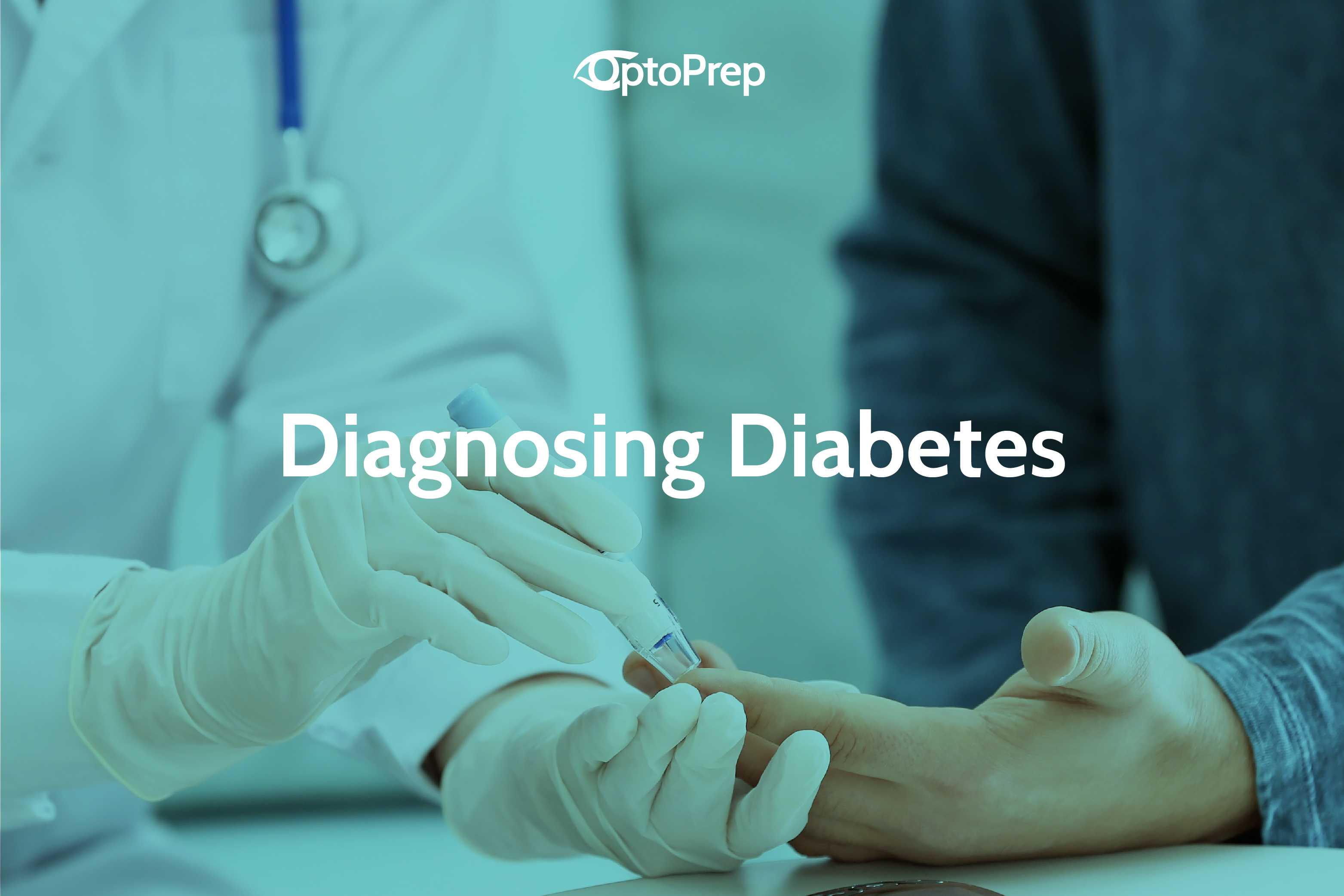
Diabetes mellitus is a group of metabolic disorders that is defined by the inability of the body to produce or respond to the hormone insulin. This can be the result of either defective insulin secretion, or target cell receptor resistance.
No matter the cause, this disorder results in imbalanced carbohydrate metabolism and subsequent elevated blood glucose levels. While the bodily processes that lead to the different types of diabetes are distinct, most of the lab tests that are utilized to diagnose diabetes are interchangeable and do not specify which type of the disease is present.
The main tests used to diagnose diabetes mellitus are the fasting plasma glucose test, the oral glucose tolerance test, and the HbA1c test.
Fasting plasma glucose test
- This test measures the glucose levels in the blood following a period of fasting in which the patient has not had any caloric intake for at least 8 hours.
- Using this test, diabetes is defined as a blood glucose level of 126 mg/dl or higher.
- A fasting blood sugar of 100-125 mg/dl is indicative of pre-diabetes, which is a condition in which the blood sugar levels are above “normal” but not elevated enough to be considered a diagnosis of diabetes.
- A normal fasting blood glucose for someone who does not have diabetes ranges from 70-99 mg/dl.
- The American Diabetes Association (ADA) recommends a fasting blood sugar target of 80-130 mg/dl for most adults with diabetes; however, this is often individualized for patients depending on other risk factors.
Oral glucose tolerance test
- Screening test for diabetes that involves testing a patient’s blood glucose level 2 hours after drinking a solution containing 75 grams of glucose.
- A plasma glucose level of 200 mg/dl or higher indicates a diagnosis of diabetes.
- Those with blood glucose levels between 140 and 200 mg/dl are considered prediabetic.
- A normal level for a person without diabetes is less than 140 mg/dl.
- The ADA recommends a level of less than 180 mg/dl in a person diagnosed with diabetes (again, this may be individualized based on the patient’s history).
Hemoglobin A1c (HbA1c)
- This test gives an indication of blood glucose levels for the previous 2-3 months as it measures the percentage of hemoglobin molecules that are linked to glucose molecules.
- An HbA1c of 6.5% or higher indicates diabetes when this test is used for diagnosis.
- A value between 5.7% and 6.5% indicates a diagnosis of pre-diabetes.
- The normal level for a person without diabetes is less than 5.7%.
- The ADA recommends that people with diabetes should have a target of less than 7.0%.
- It is important to keep in mind that several medical conditions can affect the HbA1c test result, including anemia, sickle cell disease, chronic kidney disease, etc.
The American Diabetes ADA also recommends a routine screening for diabetes at age 45; if the results are normal, the screening should be repeated every 3 years.
